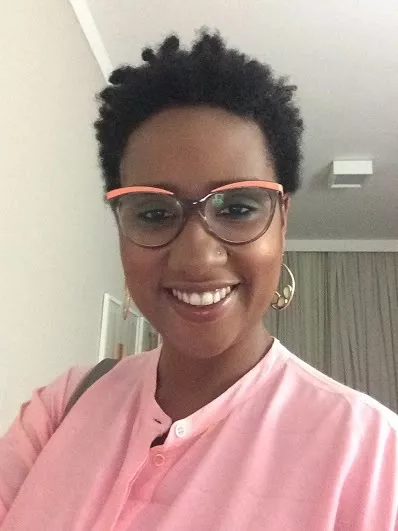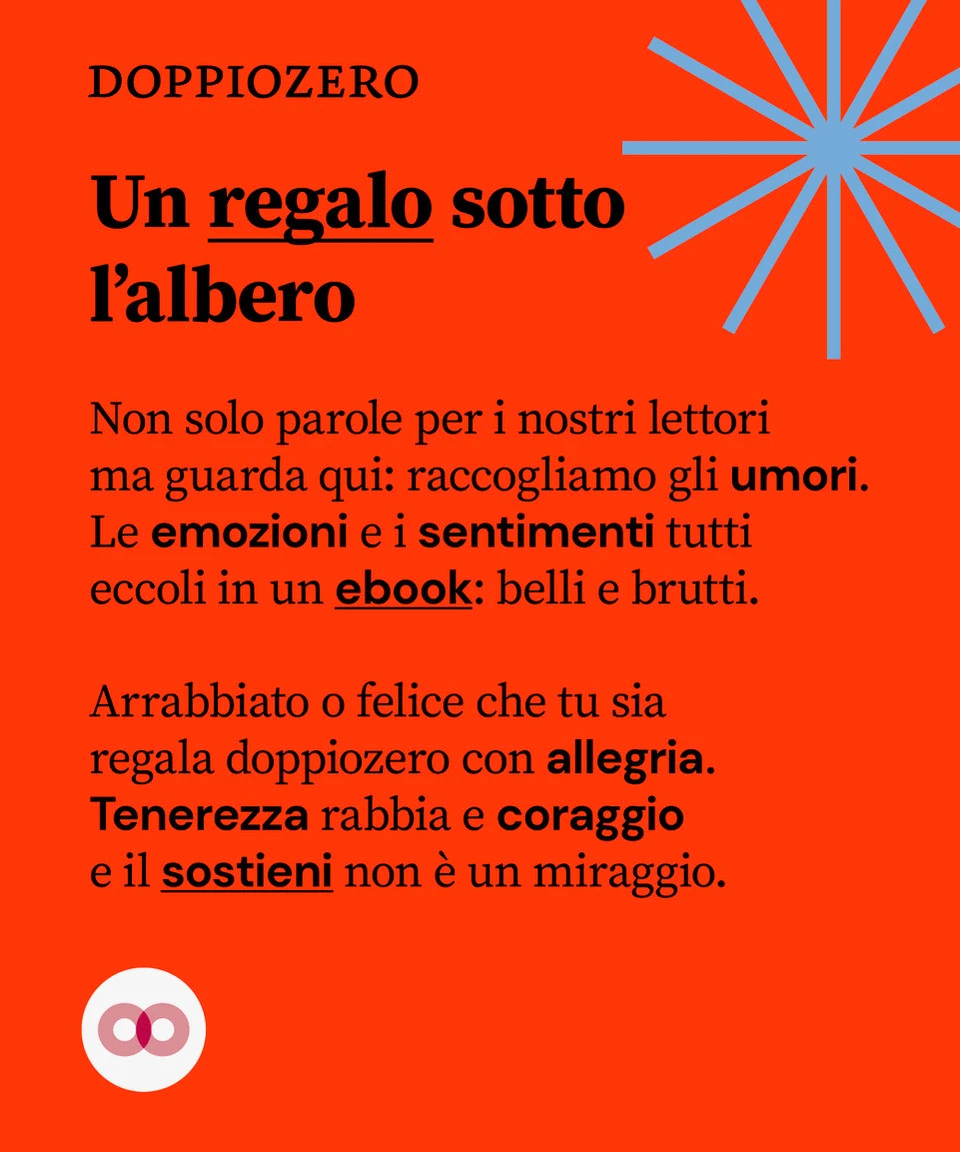Speciale
In/Visible Voices of Women
What is holding back the agency of women today? Can we name the forces erasing or hampering women’s full participation in public life. However complex or varied the issues at hand may be, there is an urgency to reclaim spaces, address our histories differently, and open up dimensions.
We asked 11 phenomenal women – intrepid academics, artists, writers, and curators – to join us for the 6-part Commentary Series of the ‘In/Visible Voices of Women’ project. By fleshing out a diverse terrain of thoughts and opinions, they name some of the most pressing concerns faced by women at large, and the states of being invisible, and becoming visible come to light.
What are the most pressing issues facing women, and women practitioners today?
Jessica Horn
All issues that African women face come down to the same question of patriarchal power – put simply, the ordering of our lives and worlds in the collective interests of men. It is no surprise then that women creatives tend to get paid less than men, have less access to opportunities and can still be treated as if their technical skill is lesser. We have and will continue to challenge that – drawing on legacies of African women who rock this world!
Jessica Horn is a writer, doer, interpreter of the ordinary; heiress of a lineage extending into the Ruwenzori Mountains of western Uganda and the shadows of New York’s Yankee Stadium. Horn has worked for over 15 years with NGOs, donors and the UN on the intersections of women’s health, human rights and freedom from violence. Jessica takes her passion to theorise, cultivate and engage love as a force for revolutionary transformation into activist and artistic spaces, including at TedX Euston Salon and co-curating the blog Our Space is Love. Her poetry pamphlet Speaking in Tongues is included in the Mouthmark Book of Poetry. @stillsherises
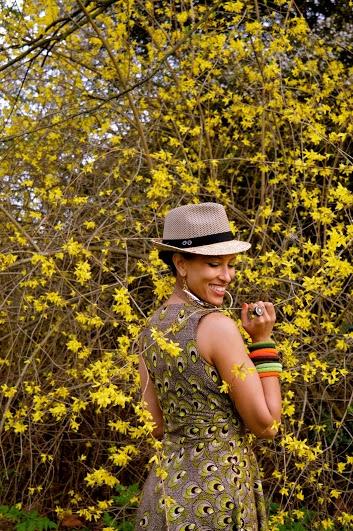
Jessica Horn, ph by Aamal Said.
Valerie Kabov
To be honest, the same issues as face the male practitioners – being able to survive as an artist, access to materials, inadequate number of exhibition spaces, education gaps, and economically difficult times. These are the mountains, within which gender-based issues are mole hills in my view.
Women-specific issues emerge out of these – we have lost women artists to marriage, because it offered economic security, other women artists have a difficult time convincing their family that their practice is just as important as any job and they have to work hard to stand their ground not to have chores imposed on them. Art is very much a male-dominated field in Zimbabwe, which does not always make for a socially optimal environment for women. Male artists can be aggressively competitive and we find that women artists take a lot longer to develop and take a lot more effort, support and encouragement to deliver the same quality work as male artists. It can be very frustrating, to know that you are working with people, who are going to be less reliable, make less progress. Do we persevere notwithstanding? Of course, because we get it. We also have the wonderful examples of Portia Zvavahera and Virginia Chihota, as star artists of the new generation, standing head and shoulders above many male contemporaries in terms of achievement and this kind of role modelling is very encouraging.
Valerie Kabov is the Director of Education and International Projects at First Floor Gallery Harare, Zimbabwe, which she co-founded in 2009. Valerie holds a Masters in Curatorship and Modern Art from University of Sydney and is a doctoral candidate at University of Paris 1, Sorbonne in Art History (Cultural Policy and Cultural Economics) and is a lawyer with more than a decade of practice in international transactions, with a focus on emerging markets and intellectual property. As researcher and educator, she has focused particularly on the relationship between local and the global in the art market, as well as cultural policy and audience engagement. Kabov is the founder of Art & Dialogue, a professional continuing education programme for curators and cultural practitioners focusing on building skills in engaging diverse/multicultural audiences, and the Editor at Large for Art Africa Magazine.
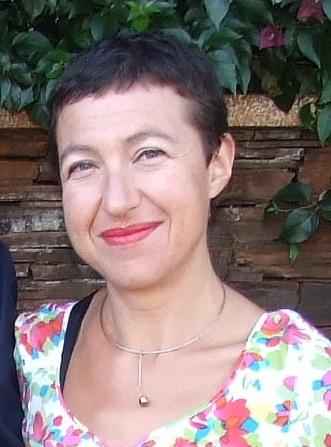
Valerie Kabov.
Marcia Kure
In the creative industry, women face issues ranging from disproportionate childcare and family responsibilities to the disparaging wage gap. Women are expected to seamlessly combine their personal and professional responsibilities, and are often held to workplace standards instituted by men. Gallerists and curators ask female artists questions they do not ask their male counterparts; questions about family, if they have children, how many, or if not if they plan to. Somehow the decision to have children or not is a gauge to measure the level of commitment one has to their career. To avoid discrimination, female artists are often very careful not to be perceived placing their family above career.
The gender wage gap is reflected in the difference between the prices of works by female and male artists; where female artists earn 1/3 of their male counterparts. This invariably tells the markets which gender they should pay more attention to, and is reflected in the number of female artists represented by gallery exhibits and museum collections. We can trace this back to the erasure and lack of acknowledgement of women in art historical texts. In the early 1970s, Linda Nochlin introduced the invisibility of women into the canon; and in the 1980s, the Guerilla Girls made gender disparity a central conversation in the art world.
The question today is the same as it was then. What is stopping female artists from being as valued as men?
Could it be because of curatorial interest that the average collector is male, or is it because of a fundamental disregard and inherited attitudes towards women’s creative output and value? I believe we need to reframe and expand the questions we ask concerning the issues of women in the arts. For a long time, our focus has been questions surrounding the symptoms rather than the root cause of this disparity.
As we continue to make arguments for gender pay equality, we must add to the litany, who benefits from this inequality? Who benefits from the discrimination of women in the workplace, in gallery shows and museums? Why are women still faced with the problem of balancing work and family? What can be done, what can society change in order to give women a more even playing field?
Marcia Kure is a Nigerian artist who lives and works in the USA. She trained at the University of Nigeria and is an alumna of Skowhegan School of Painting and Sculpture. Kure’s work was shown at the 11th Dak’Art, Senegal (2014) La Triennial, Paris (2013), International Biennial of Contemporary Art, Seville (2006), and Sharjah International Biennale (2005). A Research fellow of the Smithsonian Institution (2008), Visual Artist in Residence at the Victoria and Albert Museum (2014) and winner of Uche Okeke Prize for Drawing (1994). Kure’s work is in the collection of major museums in the United States and Europe. Her work was part of BODY TALK: Feminism, Sexuality and the Body in the Work of African Women Artists, WIELS Contemporary Art Center, Brussels, Frac Lorraine, France and Lunds Konsthall, Sweden (2015-16).
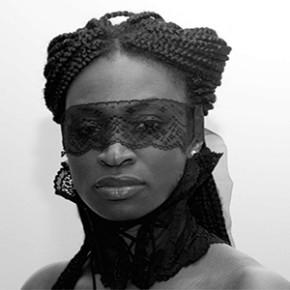
Marcia Kure, ph by Chika Okeke Agulu.
Ng’endo Mukii
Since I work in Film and Animation as an independent filmmaker, I feel that the most pressing issue in general, is access to funding and grant bodies that support our work. This is true across the board whether one is female or male. Existing in a political environment that does not appreciate or promote art as a cultural practice that can enable us to achieve our developmental goals, ensures that our practices remain un(der)funded and we ourselves remain consumers of foreign brands and culture. This in turn prevents our products from gaining value within our own environment, and has a cyclic effect.
Ng’endo Mukii. On the Ides of March, a creature with a fiery afro was born. Small in stature and withdrawn in nature, she led a reclusive life on the green highlands of Kenya, overlooking the savannah seas. Receiving her primary education under the instruction of Catholic nuns, she left her home to experience the Century’s Superpower. She later passed many moons, prancing in the Queen’s country, nibbling on crumpets and searching through the dense fog. Today she can be found armed with a pressure-sensitive stylus, and a macro lens. She spends her time between Nairobi and Tsavo, animating little children, photographing dung beetles, and running away from scorpions. Ng’endo Mukii is a graduate of the Royal College of Art (2012) and the Rhode Island School of Design (2006). She works in Nairobi as an independent filmmaker. She is a Berlinale Talents and Design Indaba Alumni, and has received several accolades for her films.
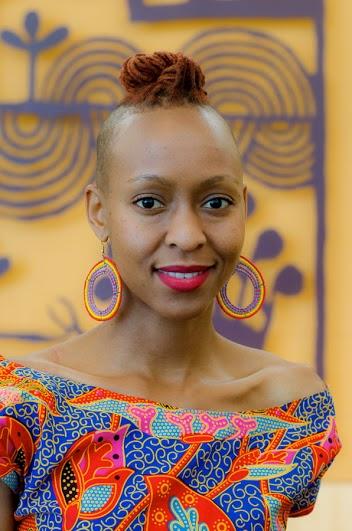
Ngendo Mukii, ph by Cjerri Mokgofe.
Mónica de Miranda
Today, in an expanded globalised world, many emerging women artists from developing countries face the pressure of working abroad – instead of in their country of origin – to engage fully in their professional activities, and access the international art network more easily. Yet only a minority manages to leave their country.
The Lusophone world lacks an art market, so following an artistic path is extremely difficult . . . in the Lusophone context, there are very few women artists living in their country of origin; if they do, they often give up their practice or end up doing more commercial work. The ones that find the way to go abroad face dynamics linked to migration or diaspora processes of adaptation, exclusion or assimilation. In the process of economic struggle and raising children, they often give up their artistic practice. Also to achieve mobility for their work and recognition, they are expected to be able to travel to attend exhibitions.
These can be pressing issues faced by women artists that have children and family responsibilities.
Being an artist from the African diaspora is different from being an artist based on the continent. In my case, as a member of the diaspora with a European passport, I am allowed more opportunities in terms of mobility, citizen rights and even cultural exchange – opportunities that artists with an African passport might not be offered. Navigating between two cultural realities has facilitated my integration process, yet it also created a duality: I am never African or European enough. As a result, sometimes, curators do not know how to ‘situate’ me. In the last decade, voices from the African diaspora have benefited from more flexibility to be integrated.
Mónica de Miranda (b. Porto, Portugal, 1976, of Angolan descent) is an artist and researcher. PhD in visual art from the University of Middlesex (2014), she has received support from the Foundation for Science and Technology. de Miranda is one of the founders of the artistic residency project Triangle Network in Portugal and the founder of the Project Hangar (centre of artistic research in Lisbon, 2014). She has exhibited in Lisbon, London, Amsterdam, Paris, Madrid, Dubai, Rome or Singapore, and was included in the 10th Bamako Encounters, the 14th Biennial of Architecture in Venice and the Bienal de São Tomé e Principe. She has participated in various residencies in Mauritius, London, Maputo and more.
Suzana Sousa
I think in Angola the most pressing issues are the lack of formal art education, although this has been changing in the past couple years, and that most female artists’ work is considered as some form of handcraft rather than art. This has to do with several aspects: from materials and aesthetics to language used, but also with the social place assigned to women and how they negotiate that space. Indeed, the truth is that, for me,the most
pressing issues female artists have to deal with have nothing to do with the artworld but with society as a whole. Angola is an extremely paternalist society, and one where there is no open political difference. It is a society of silence and fear, and the social place of women is a political subject with consequences as deep as the family structure.
Suzana Sousa (b. Luanda, 1981) is an independent curator and writer. Her recent curatorial projects include ‘Seeds of Memory’, Angolan Pavilion (Expo Milano, 2015) and ‘Love me Love me Not – Art from the Collection Sindika Dokolo’, Biblioteca Almeida Garreth (Porto, Portugal). Sousa contributes to Contemporary &, Art+Auctions (NYC), the Goethe Institute Magazine and Arterial Network/ Arts in Africa.
With the support of 
